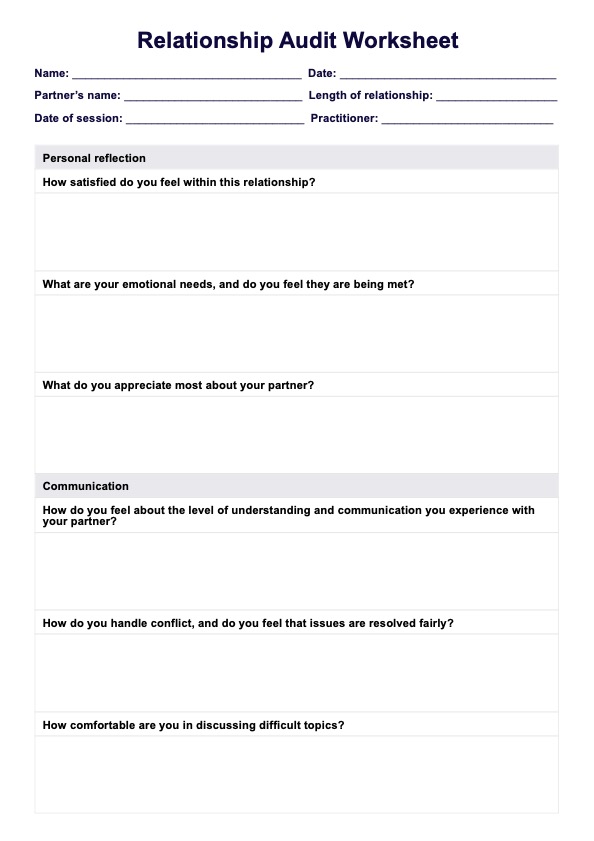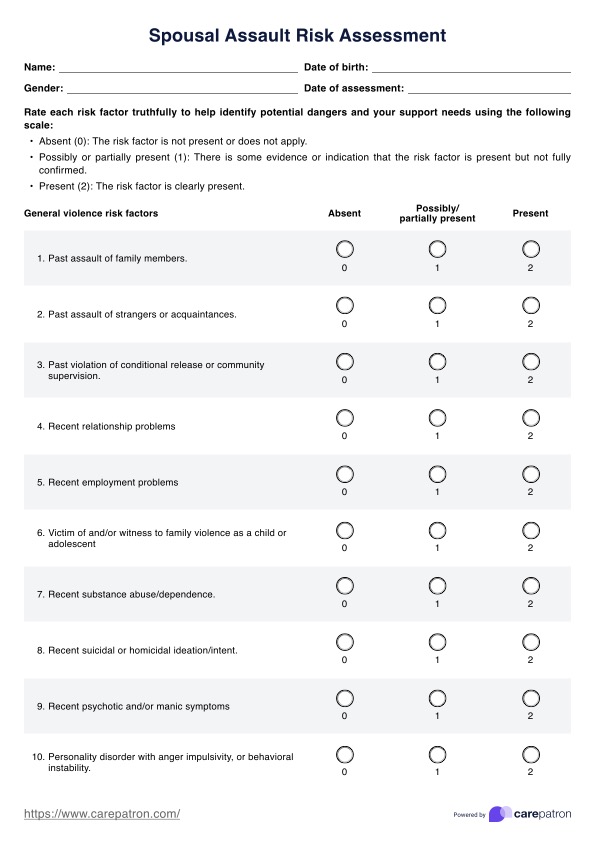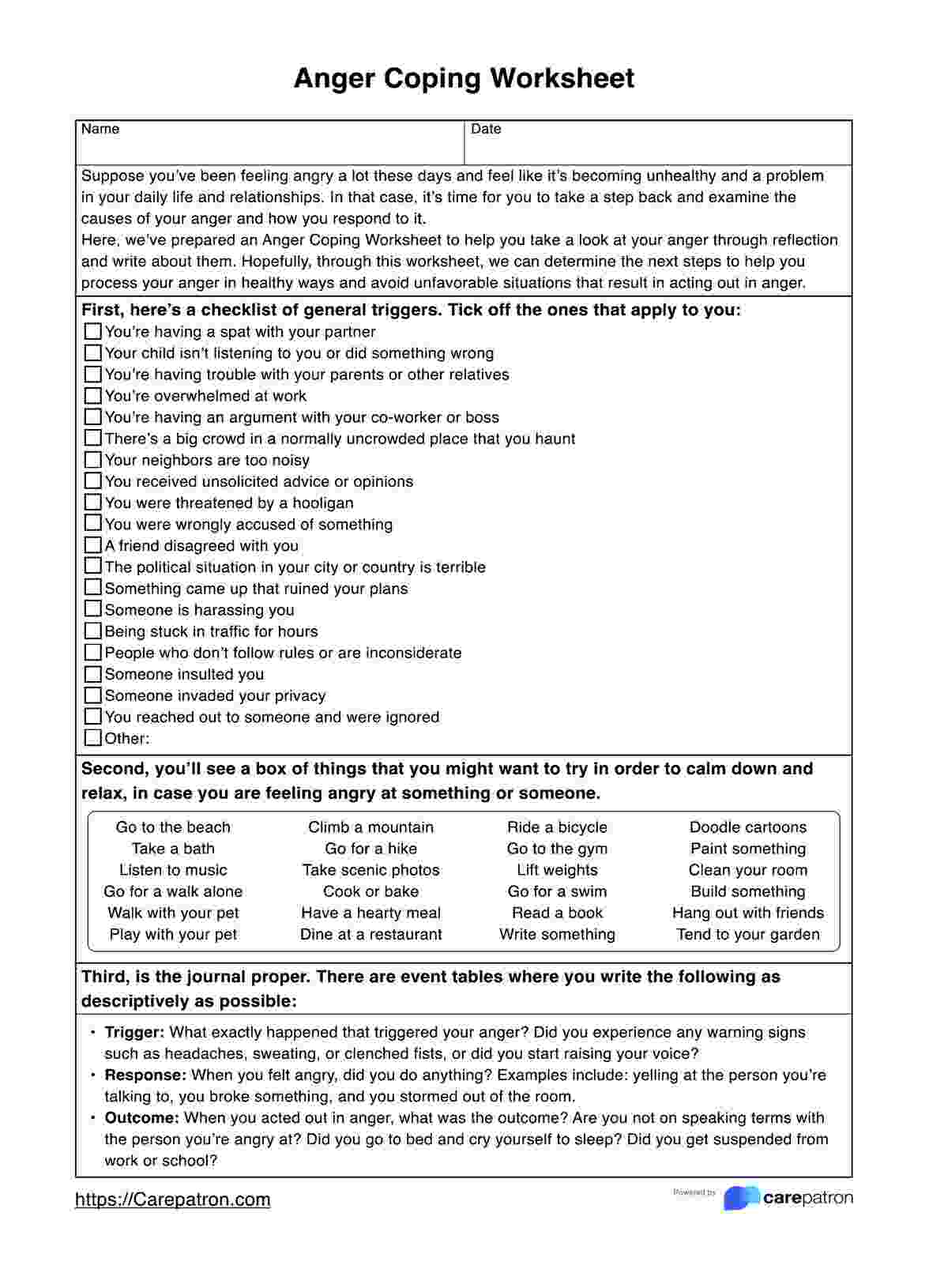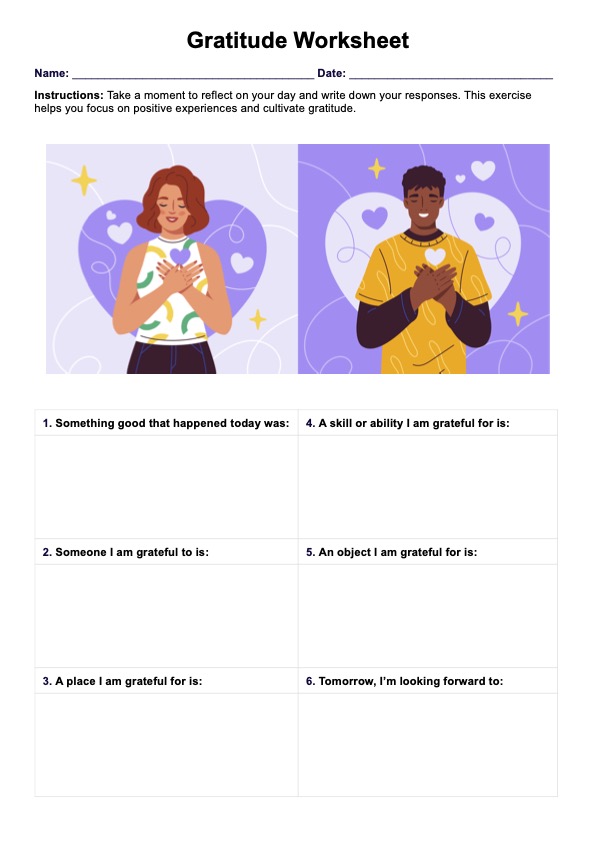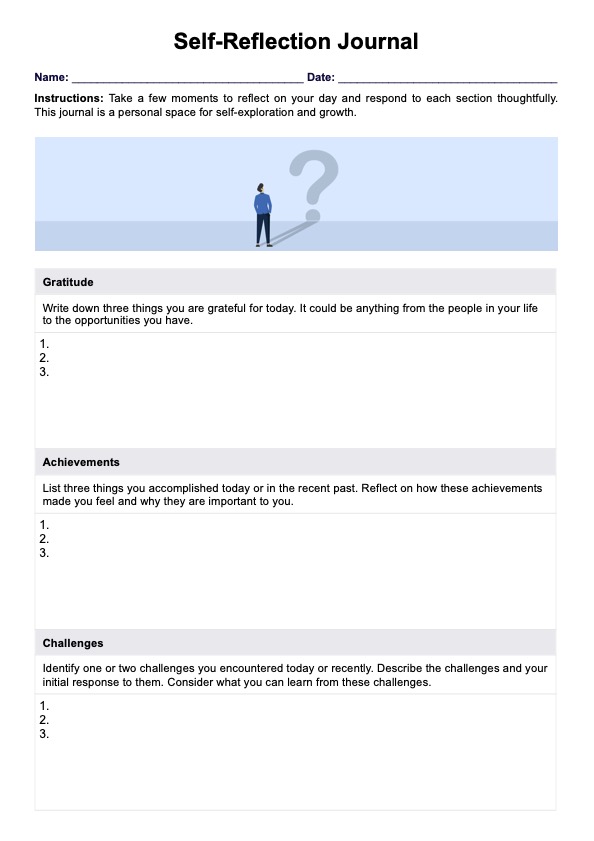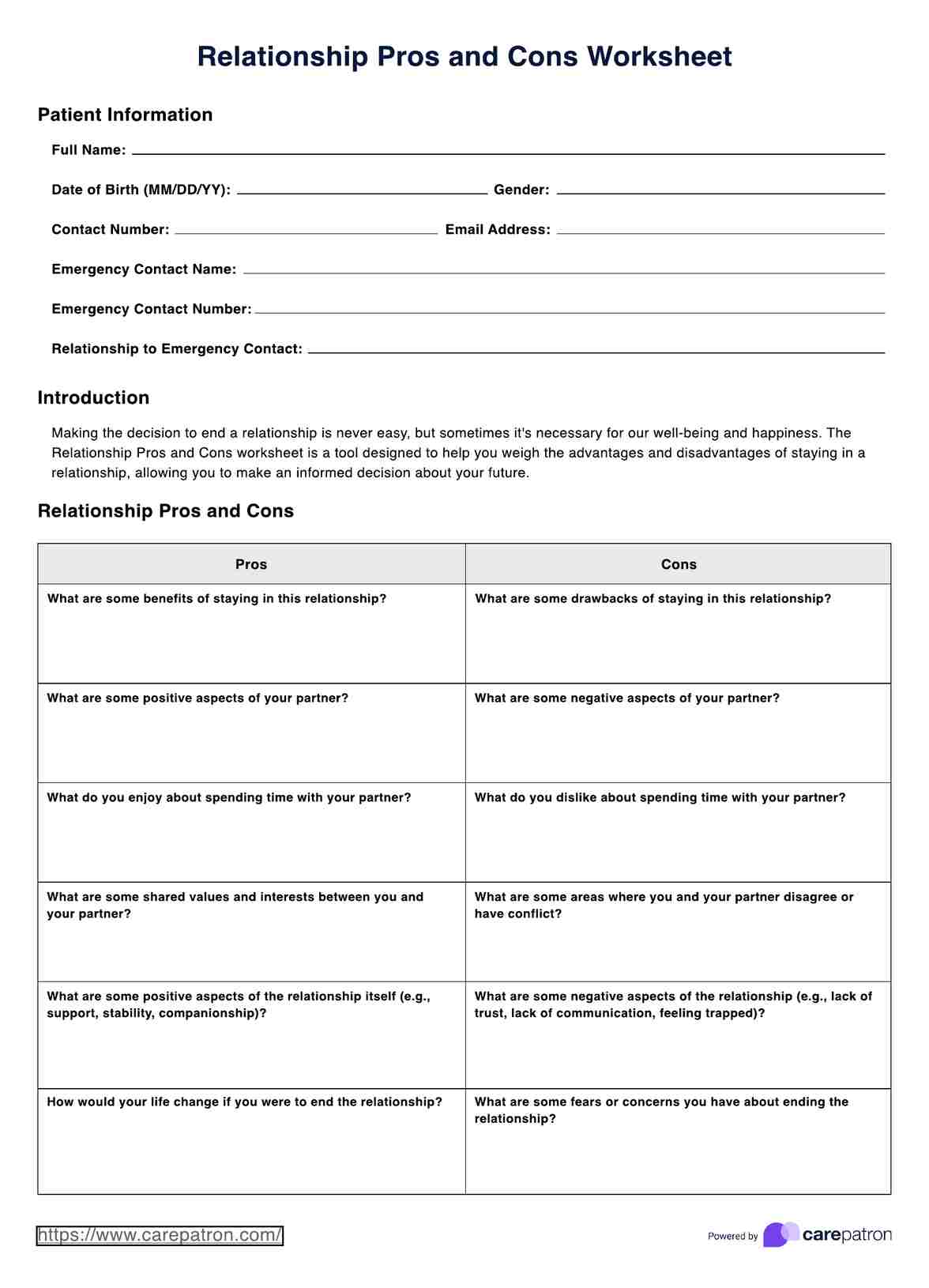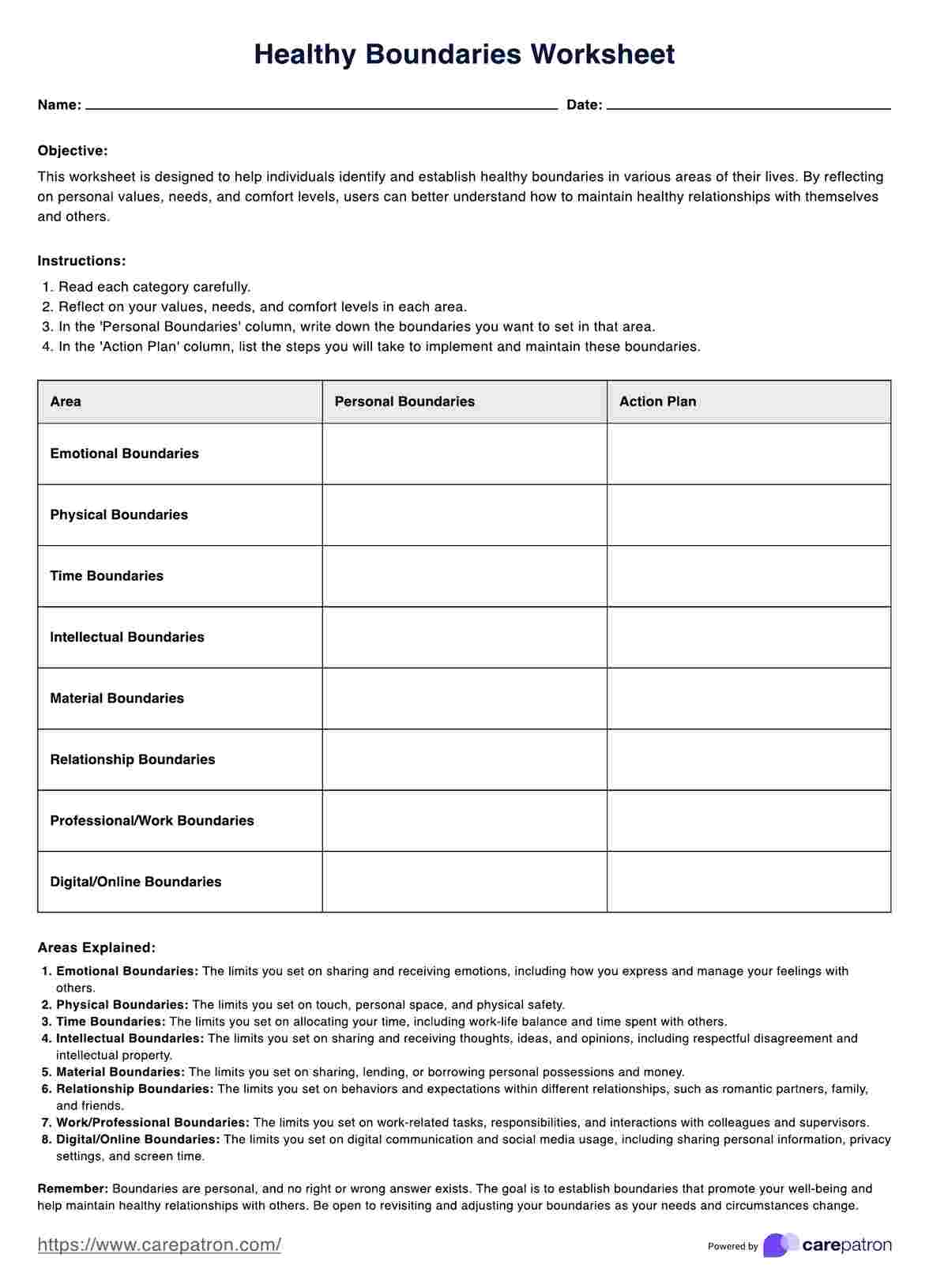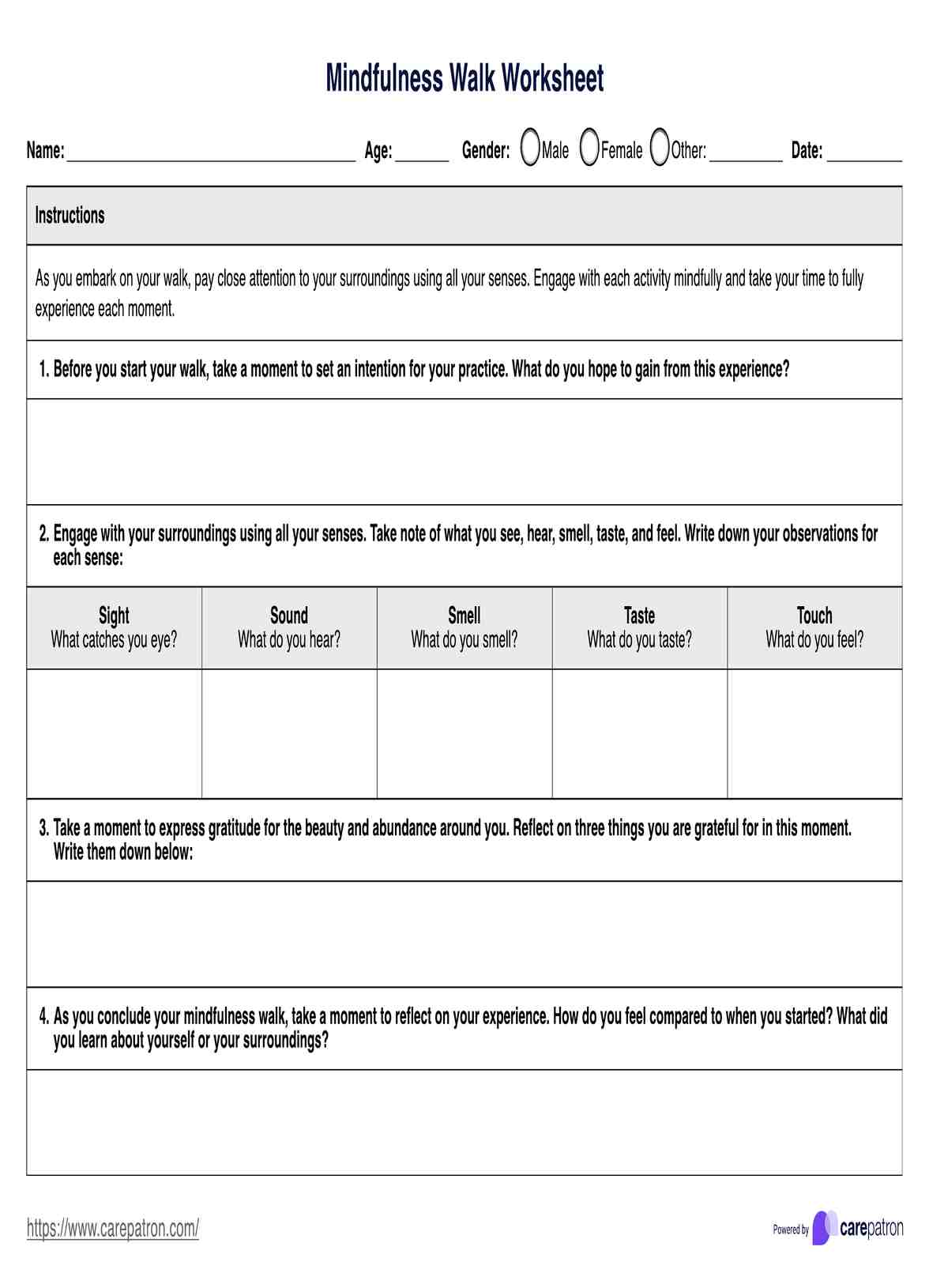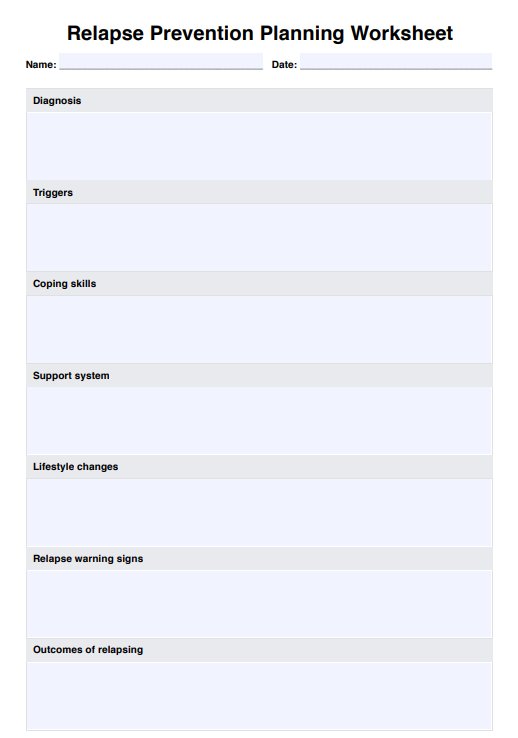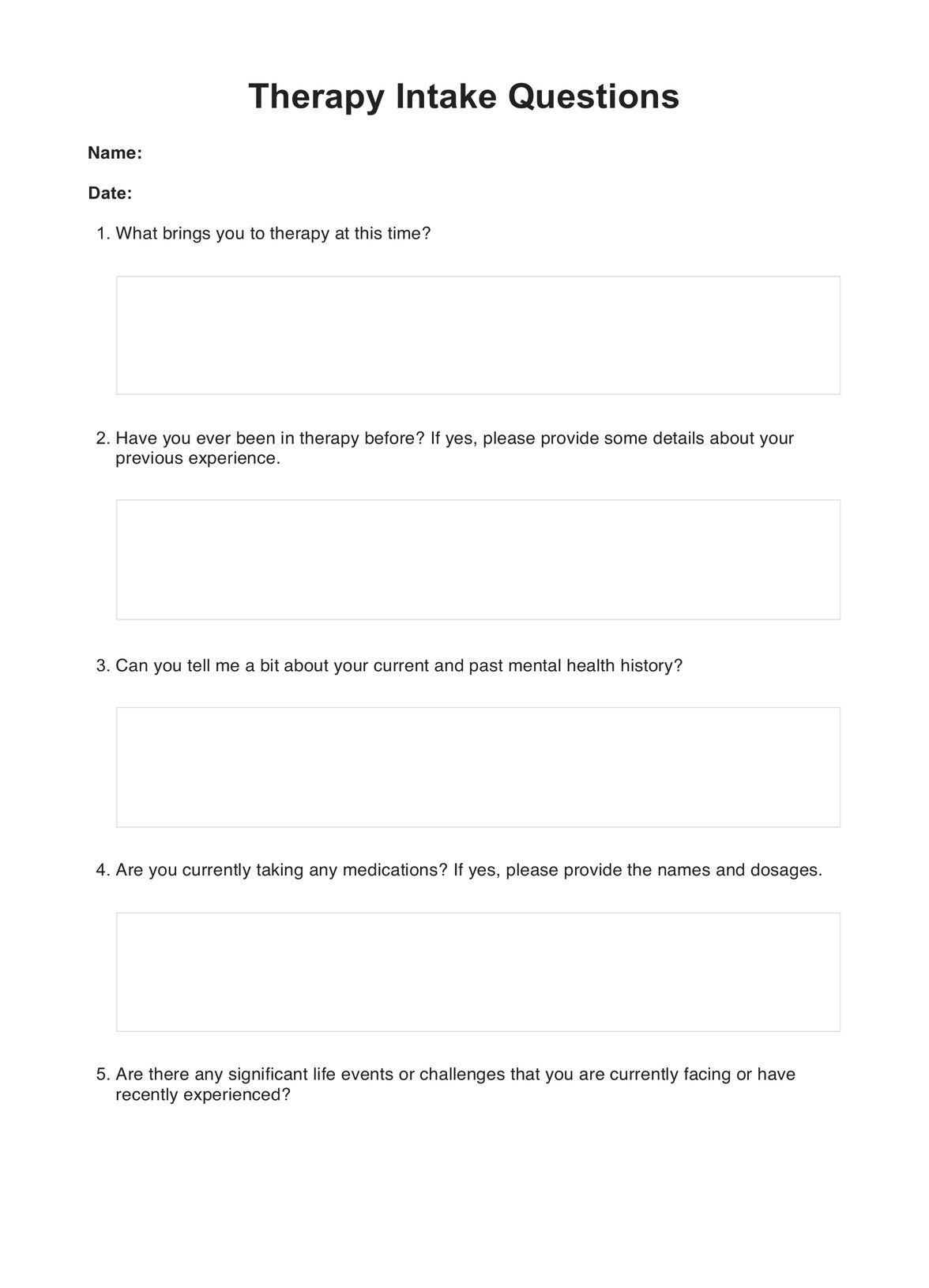Power And Control Wheel
Check if your patient is going through domestic abuse by helping them identify abusive behaviors with the Power and Control Wheel.


Understanding the Domestic Violence Wheel
The Domestic Violence Wheel, also called the Power and Control Wheel, is a crucial tool in understanding and addressing issues related to an abusive relationship as well as domestic and sexual violence. Developed by the Domestic Abuse Intervention Project in Duluth, Minnesota, this model has become a cornerstone in addressing abusive relationships and supporting survivors.
The Power and Control Wheel emerged from extensive research involving focus groups with domestic violence survivors. These discussions revealed patterns of abusive behavior that went beyond physical and sexual violence, encompassing a range of tactics used by abusive people with controlling behavior to maintain power over a partner.
Power And Control Wheel Template
Power And Control Wheel Example
Components of the Power and Control Wheel
At the heart of the wheel lies the core concept of the power and control model. This represents the ultimate goal of abusive behavior - to establish and maintain dominance over a partner.
In the inner ring surrounding the central theme are eight primary tactics used by abusers:
- Intimidation: This involves creating fear through looks, actions, or gestures. An abuser might smash things, destroy property, display weapons, or use threatening body language to instill fear in their partner.
- Emotional abuse: This tactic includes putting the partner down, making them feel bad about themselves, calling them names, or making them think they're crazy. It's a form of psychological manipulation that erodes self-esteem and independence.
- Isolation: Abusers often control what their partner does, who they see and talk to, and where they go. This tactic cuts off support systems and makes the victim more dependent on the abuser.
- Minimizing, denying, and blaming: This involves making light of the abuse, saying it didn't happen, or shifting responsibility to the victim. It's a way of avoiding accountability and confusing the victim about their own experiences.
- Using children: An abuser might use children to relay messages, threaten to take the children away, or use visitation as a way to harass the partner. This tactic exploits the victim's concern for their children's well-being.
- Male privilege: In heterosexual relationships, this can manifest as treating the partner like a servant, making all big decisions, treating the partner as a lesser, or defining men's and women's roles rigidly and exploiting gender stereotypes.
- Economic abuse: This involves preventing the partner from getting or keeping a job, making them ask for money, or giving them an allowance. It's a way of maintaining financial control and limiting the partner's independence.
- Using coercion and threats: This can include making threats to harm the partner, to leave them, to commit suicide, or to report them to authorities. It's a direct way of manipulating the partner's behavior through fear.
The outer ring represents physical and sexual violence. These forms of abuse often reinforce the other tactics, creating a pervasive atmosphere of fear and control.
How to use the Power and Control Wheel
The Power and Control Wheel is a guide, diagram, and educational resource. Our printable template serves the same purpose, with the added feature of a fillable version. Here are some steps to use this tool in your practice:
Step 1: Access the template
You can access and download our printable Power and Control Wheel template by either:
- Clicking the “Use Template” or “Download Template” button above
- Searching “Power and Control Wheel” in Carepatron's template library on our website or app
Step 2: Explain the diagram
Though the worksheet is comprehensive enough, explain the diagram and go through it. Sometimes, the patient may digest the content better if one reads it out loud, making the patient feel more comfortable to further explanation if asked.
Step 3: Complete the diagram (optional)
If the client is willing and you deem it helpful, ask them to write down their experience on the fillable domestic violence Power and Control Wheel we provided. Assure them that they can take as much time as they need and that if they feel uncomfortable or overwhelmed at any point, they can stop immediately.
Step 4: Proceed with the next steps
Suppose your patient is confirmed to be a domestic abuse victim or survivor. In that case, we leave it up to you how to proceed with helping them leave their current relationship or process their previous experience.
When would you use this wheel?
The Power and Control Wheel is a valuable resource employed when there is a need to analyze, understand, and address issues related to power dynamics and control within relationships. This tool is frequently used in the context of domestic violence and abusive relationships, helping professionals, therapists, counselors, and support groups to navigate the complex dynamics involved. Here are instances when the Power and Control Wheel proves particularly useful:
- Therapeutic settings: Therapists and counselors often use the Power and Control Wheel during individual or group therapy sessions with survivors of domestic violence and sexual assault. It serves as a visual aid to help clients recognize and articulate the various forms of abuse they may be experiencing, fostering self-awareness and empowerment.
- Educational programs: The Power and Control Wheel is valuable in workshops, seminars, and training sessions on prevention and awareness of domestic violence. It provides a structured framework for discussing the multifaceted nature of abuse, helping participants understand the different tactics used by abusers.
- Intervention and advocacy: Professionals working in domestic violence intervention and advocacy utilize the Power and Control Wheel to assess and plan interventions. It aids in developing strategies to break the cycle of abuse and helps advocates tailor their support to the unique needs of survivors.
Commonly asked questions
The Power and Control Wheel is a framework developed by the Domestic Abuse Intervention Project in Duluth, Minnesota to illustrate the tactics an abusive partner uses to maintain power and control in a relationship. The model posits that the goal of these tactics is to exert control over the victim, reflecting the abuser's belief that they are entitled to dominate their intimate partner.
Emotional abuse often involves a pattern of behaviors aimed at undermining the victim's self-worth and sense of reality over time. Common cycles can include gaslighting, intermittent reinforcement, and the use of shame, humiliation, and criticism to maintain control.
The opposite of the Power and Control Wheel is the Equality Wheel, also created by the Domestic Abuse Intervention Project. The Equality Wheel depicts behaviors that promote equality, mutual respect, trust, honesty, shared responsibility, and non-violence in a healthy relationship.


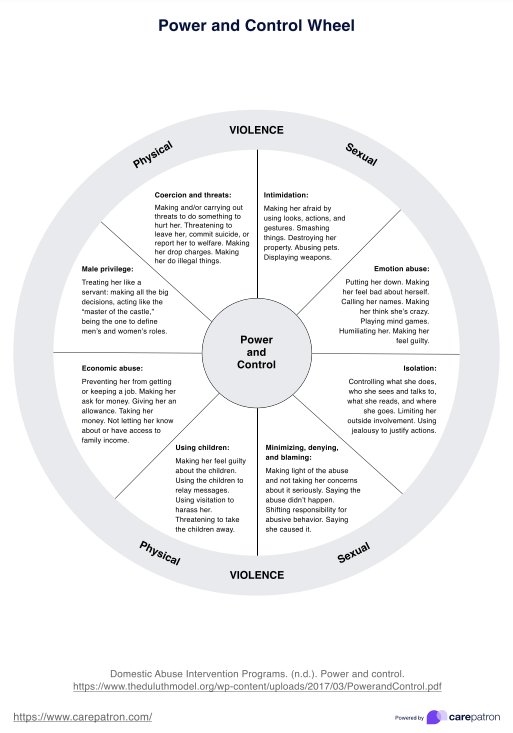
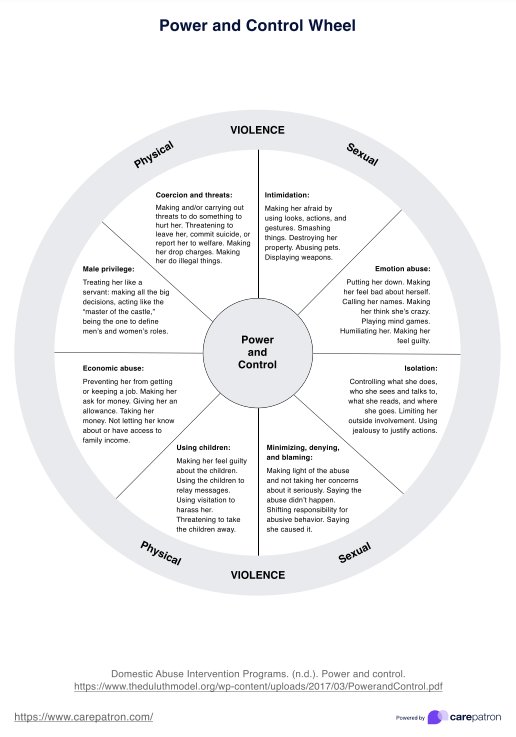

















-template.jpg)


